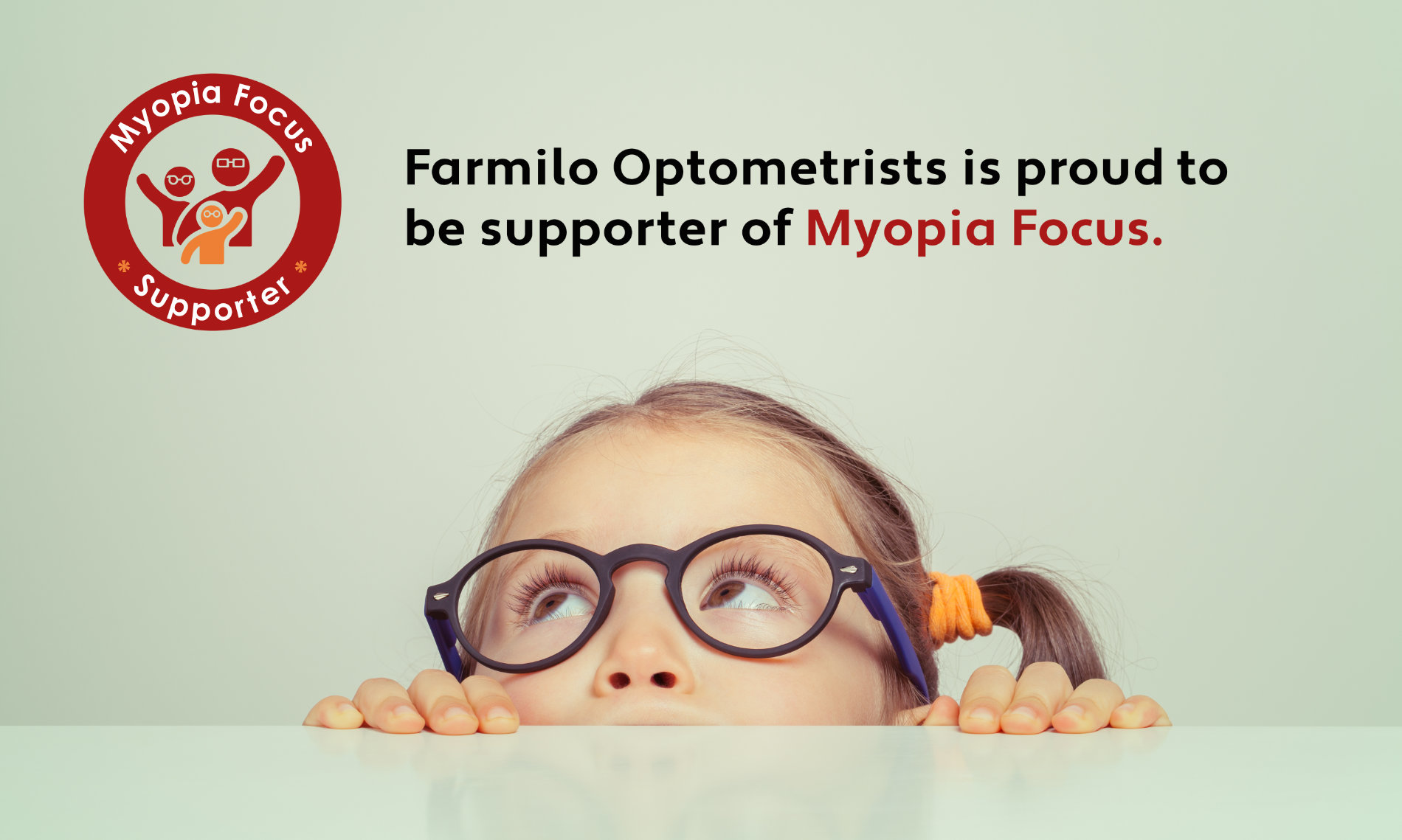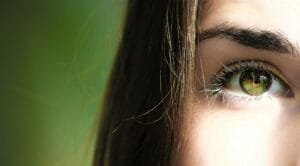What is myopia and why does it matter?
Myopia is the proper name for ‘short-sightedness’, meaning someone who is myopic is unable to see things far away from them. They have good close-up vision so can often read without glasses. Myopia usually increases throughout childhood up to around the age of 18.
Myopia primarily occurs because the eye grows longer than it’s supposed to, so light cannot focus properly at the back of the eye, causing blurred vision. An increase in glasses prescription over time indicates that the eye is continuing to lengthen.
High levels of myopia are linked with a much larger risk of eye conditions such as retinal detachment and glaucoma, but these conditions are also more likely in low levels of myopia compared with someone who does not need glasses. So if we can slow down how quickly myopia progresses, we can reduce the chance of having eye conditions later in life.
Who is most at risk of developing myopia?
Children who have myopic parents are much more likely to develop myopia. There are some genetic factors which contribute too, so high myopia is more prevalent in South Asian populations. There is also a lot of scientific evidence to show that children who do not spend adequate time outdoors in good daylight (at least two hours per day) are more likely to develop myopia.
What can be done to slow it down?
There are several ways we can control the amount of myopia that develops in childhood. All these options work on the same principle of focusing light onto the back of the eye more accurately, including the periphery (edge) of the retina, in a way that traditional glasses and
contact lenses cannot. They aim to slow myopia progression by 50-60% although the results are often better in practice.
The preference of the individual child and their parents is always taken into account when choosing the best option, as well as the current level of myopia.
Here at Farmilo Optometrists we are accredited to supply all of the following:
1) Orthokeratology (also known as Ortho-K) is a type of contact lens worn overnight. It corrects myopia by gently reshaping the cornea (front of the eye). This means that no glasses or contact lenses are needed during the day. They have to be worn every night to maintain the new shape of the cornea but it is a completely reversible process if you decide to stop wearing them. They are suitable for any age, as parents can be taught to insert and remove the lenses for younger children who cannot manage this themselves.
2) MiSight soft contact lenses are worn during the day as a replacement for glasses. They are effective at controlling myopia if worn for a minimum of six days a week for ten hours. They are made of a comfortable lens material and they have a very low risk of eye infection as they are changed every day. Children are often very competent at handling these lenses and find them useful for activities where glasses are less practical, such as sports.
3) Myopia control glasses are produced by several lens companies, but the ones with the best track record for reducing how quickly myopia progresses are Hoya’s Miyosmart and Essilor’s Stellest. The glasses are worn in place of normal glasses, but they don’t look that different! The lenses have very small dimples in the surface that help to focus light more accurately onto the back of the eye. These glasses are a good option for younger children or those who are not keen on having contact lenses, and can be fitted into a wide selection of spectacle frames.
Further reading is available on the following websites. These sites also contain links to scientific journals which discuss the principles and results of myopia control studies:
- https://www.nocturnal-lens.com/
- https://coopervision.co.uk/misight
- https://www.hoyavision.com/uk/vision-products/miyosmart/
- https://www.essilor.co.uk/lenses/stellest



